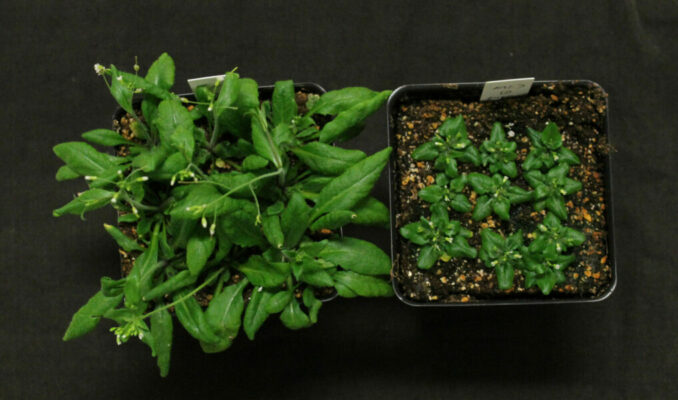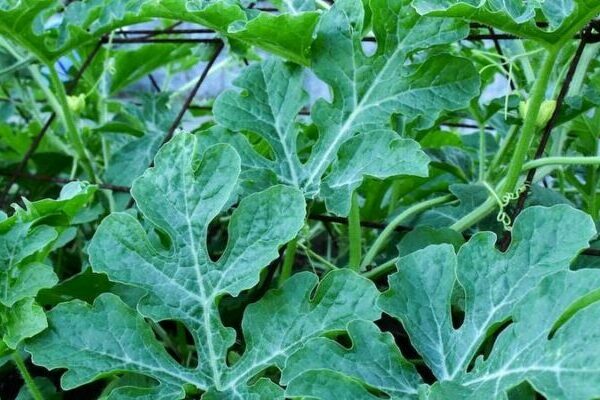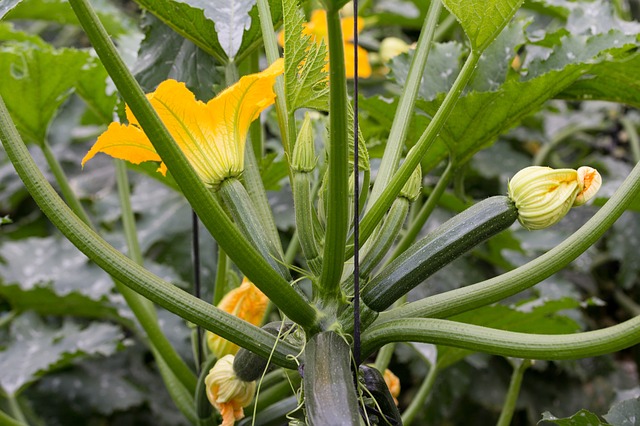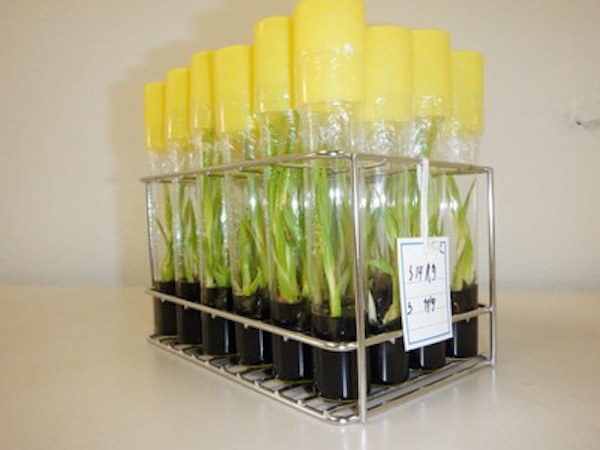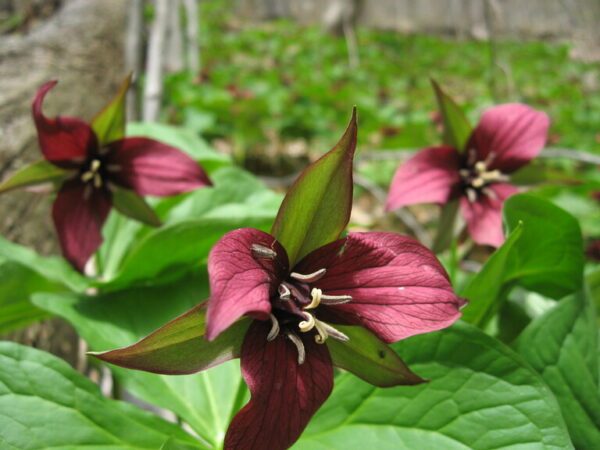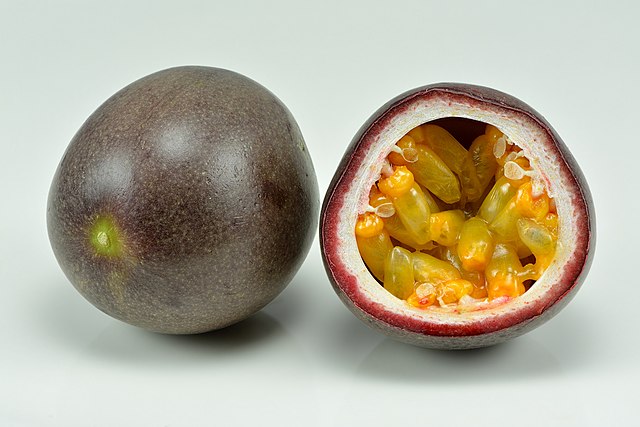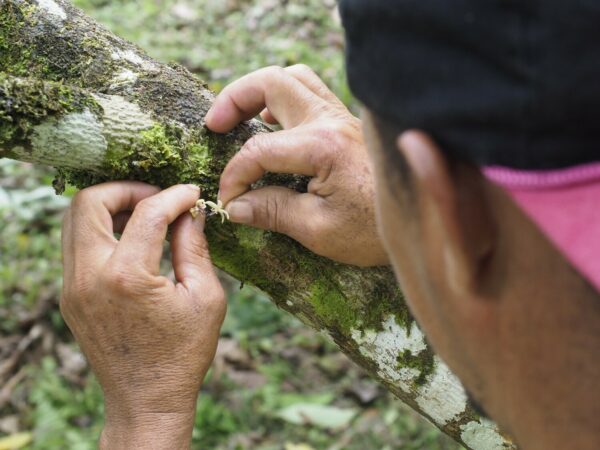
Pollinators – such as bees, butterflies and birds – are essential for agricultural production. However, natural pollination can also fail or be insufficient, which can lead to lower yields and poorer quality. This means alternative solutions are needed. Hand pollination, in which pollen is applied manually or mechanically to the flower, can supplement or replace pollination by animals.



